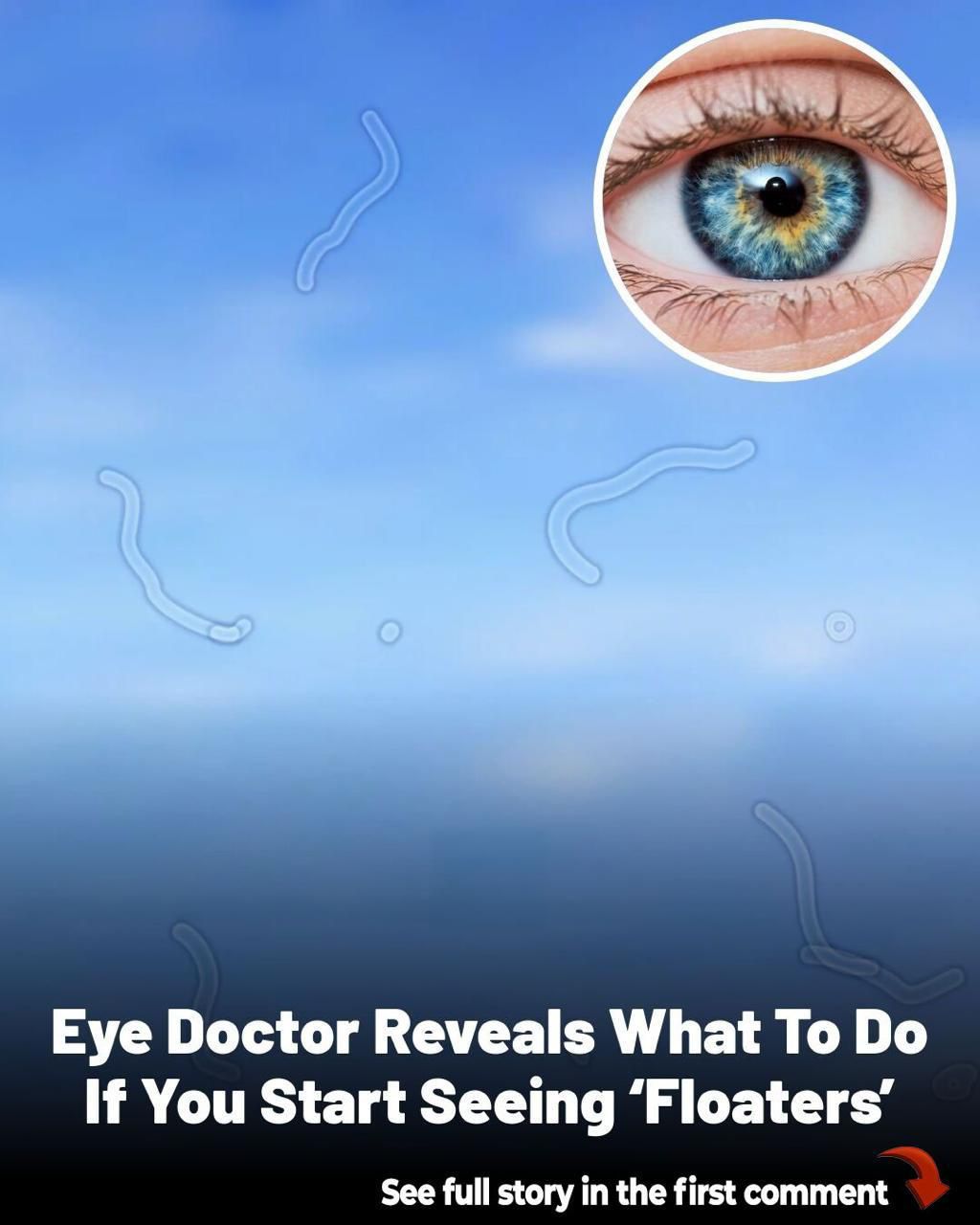Eye Floaters: What They Are and How to Handle Them
Eye floaters are small specks, strands, or spots that move through your field of vision, particularly noticeable against bright or plain backgrounds. They occur due to natural, age-related changes in the vitreous—the gel-like substance inside the eye—which liquifies and forms tiny clumps.
These clumps cast shadows on the retina, creating the appearance of floaters. Although often a normal part of aging, they can also be associated with certain eye conditions, including nearsightedness, diabetes, eye injuries, or previous surgeries.
While most floaters are harmless and tend to become less noticeable over time as the brain adjusts, some symptoms should never be ignored. A sudden shower of new floaters, flashes of light, or a dark shadow obscuring part of your vision could signal a retinal tear or detachment.
Such symptoms constitute a medical emergency that requires immediate attention from an eye doctor to prevent permanent vision loss. For the majority of people, no treatment is necessary.
In rare cases where floaters severely obstruct vision, a doctor may discuss procedures like vitrectomy surgery or laser therapy. However, these options carry risks and are not commonly recommended.
You can manage mild floaters by gently moving your eyes to shift them out of your direct line of sight. Supporting overall eye health through a diet rich in vitamins A and C, omega-3s, and zinc, avoiding smoking, and having regular eye exams is also beneficial.
In summary, while floaters are usually a benign age-related change, any sudden or severe change in your vision warrants prompt professional evaluation to safeguard your eyesight.






